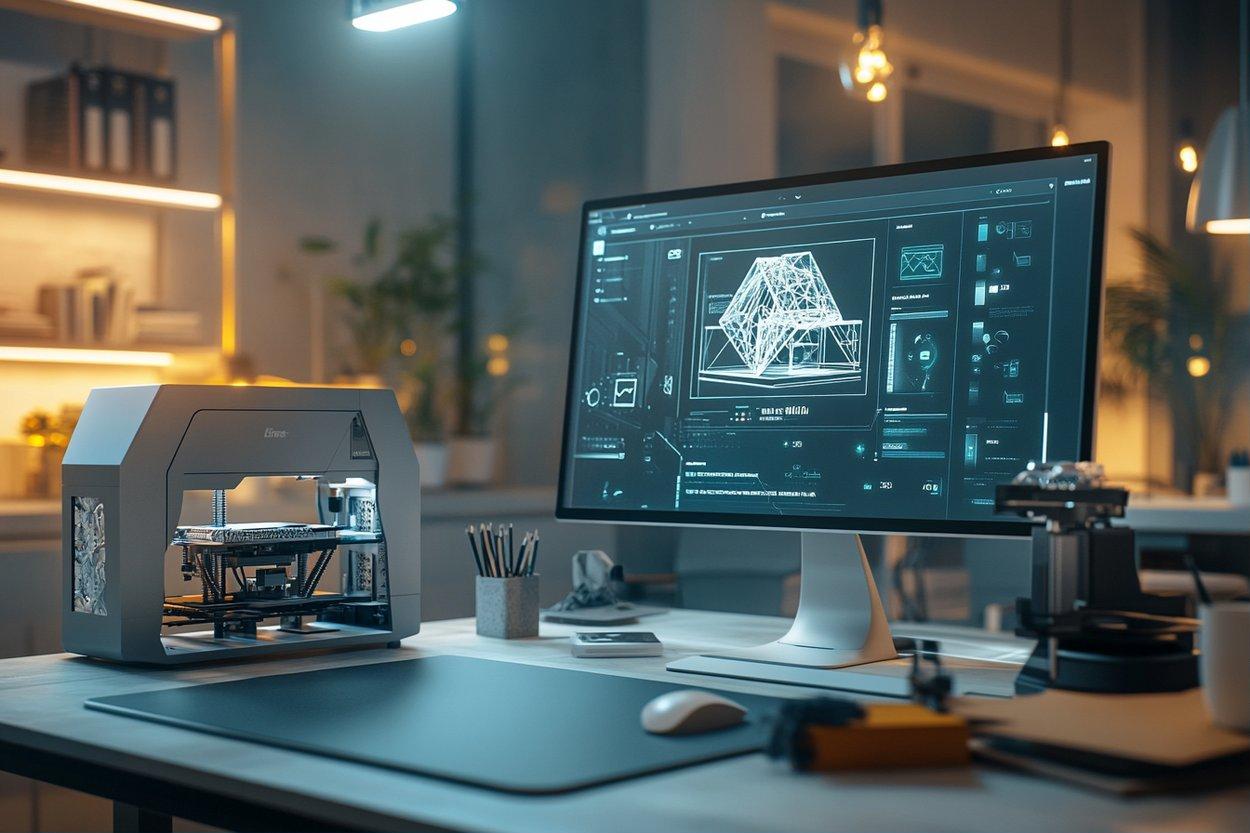The Silent Revolution: How Passively Cooled PCs Are Changing Workspaces
Imagine a high-performance computer that runs completely silent—no fans, no moving parts, just pure computing power. This isn't science fiction; it's the growing reality of passively cooled PCs. As we increasingly value distraction-free environments and sustainable tech, these silent machines are gaining traction among professionals, creative workers, and environmentally conscious consumers who want powerful computing without the constant hum of traditional cooling systems.

The Noisy Problem Modern Computing Created
The evolution of computing has always been accompanied by heat management challenges. As processors became more powerful, they generated more heat—necessitating increasingly robust cooling solutions. The standard approach for decades has been fan-based cooling systems that draw air across heatsinks to dissipate thermal energy. While effective, these systems created a new problem: noise pollution.
A typical desktop computer runs multiple fans—CPU cooler, GPU cooler, case fans, and power supply fan—each contributing to a constant background hum that measures between 30-50 decibels during normal operation. Under load, gaming rigs and workstations can reach upwards of 60 decibels, comparable to normal conversation volume. For professionals in sound-sensitive environments like recording studios, medical facilities, or open offices, this constant noise becomes more than an annoyance—it’s a genuine impediment to work quality and focus.
How Passive Cooling Actually Works
Passive cooling represents a fundamentally different approach to thermal management. Rather than using powered fans to force air movement, passive systems rely entirely on natural heat transfer principles—primarily conduction, convection, and radiation.
At the heart of most passively cooled systems are massively oversized heatsinks made from highly thermally conductive materials like copper and aluminum. These heatsinks feature intricate fin designs with enormous surface areas that maximize contact with ambient air. Heat generated by components conducts through heatpipes or direct contact to these fins, where it dissipates into the surrounding air.
The physics is straightforward but the engineering is anything but simple. Without fans to accelerate air movement, designers must carefully calculate thermal dynamics, optimize component placement, and often incorporate the computer’s entire chassis into the cooling system. The result is what enthusiasts call “total convection design”—where the entire case functions as one integrated cooling solution.
The Market Landscape: Who’s Building Silent PCs
Several manufacturers have embraced the challenge of creating commercially viable passively cooled systems. MonsterLabo’s “The First” and “The Heart” series represent high-end passive cooling solutions that can handle processors up to 105W TDP and graphics cards reaching 75W TDP, sufficient for professional workloads and moderate gaming. These systems command premium prices starting at approximately $750 for just the cooling-integrated chassis.
More accessible options come from companies like Akasa, who produce fanless cases for Intel NUC systems priced between $100-200. For DIY enthusiasts, Streacom offers aluminum chassis with integrated heatpipe systems that transform the entire case exterior into a cooling surface, with prices ranging from $200 to $400 depending on size and thermal capacity.
Perhaps most impressively, HDPlex has recently demonstrated passively cooled systems handling components as powerful as Intel’s Core i9 processors and mid-range graphics cards like the RTX 3060—performance that would have been unthinkable for fanless systems just five years ago. These premium configurations typically cost $1,500-3,000 fully assembled.
Performance Limitations and Technological Tradeoffs
Despite impressive advancements, passively cooled systems still face significant constraints. Without active airflow, these computers must carefully balance performance and thermal output. Most designs impose strict power limits on components—typically capping CPUs at 65-95W and GPUs at 75W, well below what high-performance components can potentially consume.
This thermal constraint creates a performance ceiling that makes passively cooled systems unsuitable for certain applications like competitive gaming, intensive 3D rendering, or machine learning tasks. The physics is uncompromising: more computing power generates more heat, and passive cooling can only dissipate heat at a finite rate determined by ambient conditions.
Temperature management also requires more user awareness. Passive systems often rely on ambient room temperature being below 25°C (77°F) for optimal performance. In warmer environments or during extended high-load operations, these computers typically employ thermal throttling—automatically reducing processing speed to prevent overheating. This protective measure preserves component longevity but results in inconsistent performance under sustained workloads.
The Future: Expanding Possibilities for Silent Computing
While current passive cooling technology has limitations, several trends suggest a promising future. Processor efficiency continues to improve dramatically, with both Intel and AMD developing high-performance chips that generate less heat per computation. Apple’s transition to ARM architecture with its M-series chips demonstrates how powerful computing can be achieved at remarkably low thermal outputs—the M2 Ultra delivers workstation-class performance while consuming just 60W under full load.
Material science innovations are equally important. Graphene-enhanced thermal interfaces show 60% better heat conductivity than traditional compounds. Research into metal-organic frameworks (MOFs) and advanced ceramic composites promises cooling solutions that could potentially handle twice the thermal load of current passive systems.
Perhaps most exciting is the development of “hybrid-passive” systems that use extremely low-RPM fans that operate below human hearing thresholds or activate only during peak loads. These systems maintain the benefits of silent operation during normal use while providing thermal overhead for intensive tasks.
As our living and working environments increasingly value acoustic comfort alongside computing power, the silent PC movement represents not just a niche interest but potentially the future direction of personal computing—proving that sometimes the most impressive technology is the one you don’t notice at all.





